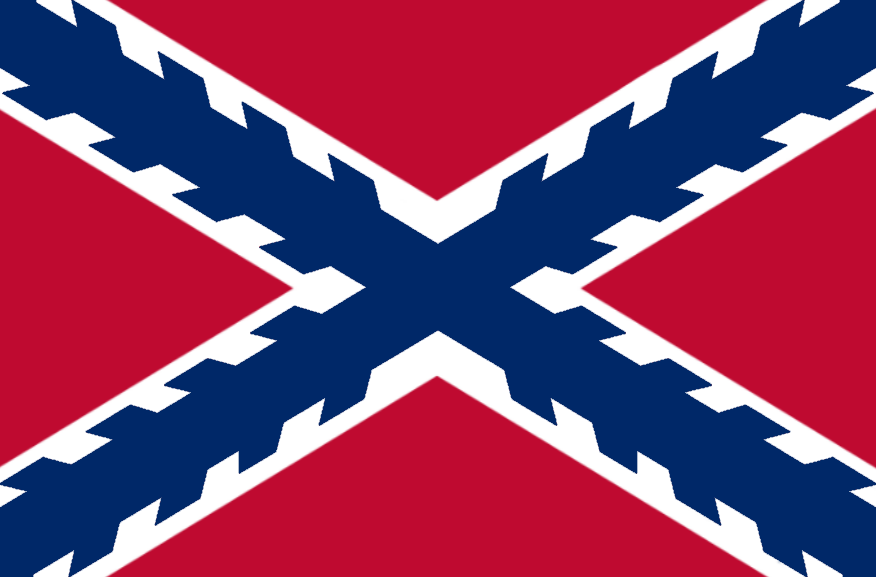
Legal Nation Name:
United South Asian Empire
What Areas Do You Control (Territories):
Pakistan, India, Afghanistan, Bangladesh, Nepal, Sri Lanka, Bhutan, Maldives
Political Party:
House of Qurayshi
Type of Government:
Monarchy
Military:
2 million
Productions:
Petroleum, Texties, Grain, I.T.,
History of the Nation:
From 2015 till the outbreak of the war, tensions between India and Pakistan continued to heat up until the mutual declaration of war, declared on January 23, 2030. An overreaction by Indian General S.K. Ramayathan reslted in India launching a nuclear missile towards Karachi, Pakistan replied in turn, sending Missiles to New Dehli, Mumbai and Bangalore. Both countries invaded eachother at different places on the border. In the past, Pakistan had traditionally invaded India through the relatively sparsely populated desert region of Rajasthan, as India invaded Pakistan's fertile Punjab province. However, in this conflict, the roles were reversed, with Pakistan invading Indian Punjab, and India invading through Rajasthan into Pakistan's Sindh province, with the intent of attacking Karachi. Pakistan had taken control of most of Indian Punjab and Kashmir in quick, blitzkrieg like maneuvers, but had to quickly stop their advance and hold the line, due to logistic problems, and being outnumbered by the Indians. The Indians reached Karachi, but became drawn into a Stalingrad-esque battle in the outskirts of the city, and eventually fell back to surround the city and starve its inhabitants and defenders into submission. While Pakistan could not advance any further, they were able to hold most of the territory they occupied, due to India funneling in troops in the attempt to take Karachi, and the increasingly confused and unorganized state of the Indian army, as a result of the nuclear strikes in the beginning of the conflict. As Pakistan's government too began to crumble, both countries unofficially decided to ceasefire. Pakistan moved troops away from the front line, and India retreated from the Indus river, allowing Karachi to be supplied. In the end, the war ended as a stalemate. Both countries laid in ruin, with only shells of infrastructure and ineffective governments.
Shah Alamgir II, born Alamgir Saeed Qurayshi, inspired the khaksar movement of the 1940’s, began a grassroots movement to firstly unite, then rebuild the two countries. A muslim, he appealed to the population of what was Pakistan, and the large Indian muslim minority, and his secularism appealed to the Hindus and Sikhs of India. After gaining power, unopposed, Shah Alamgir II began salvaging the infrastructure of the two countries, and advancing the new union past the point the countries were in before the war. Seeing the success of the union, and having linguistic,religious, and cultural ties with the union, smaller south asian countries appealed to join the South Asian Union. First Bangladesh, succeeded by Afghanistan, Nepal, Sri Lanka, Maldives and lastly Bhutan.
Main Race:
70% indo-pakistani
10% dravidian
5% Bengali
5% Persian
5% other
Main Religion:
53% Muslim
40% hindu
7% other (Sikhism, Budhism, Christianity, Zoastrianism)



.png)
